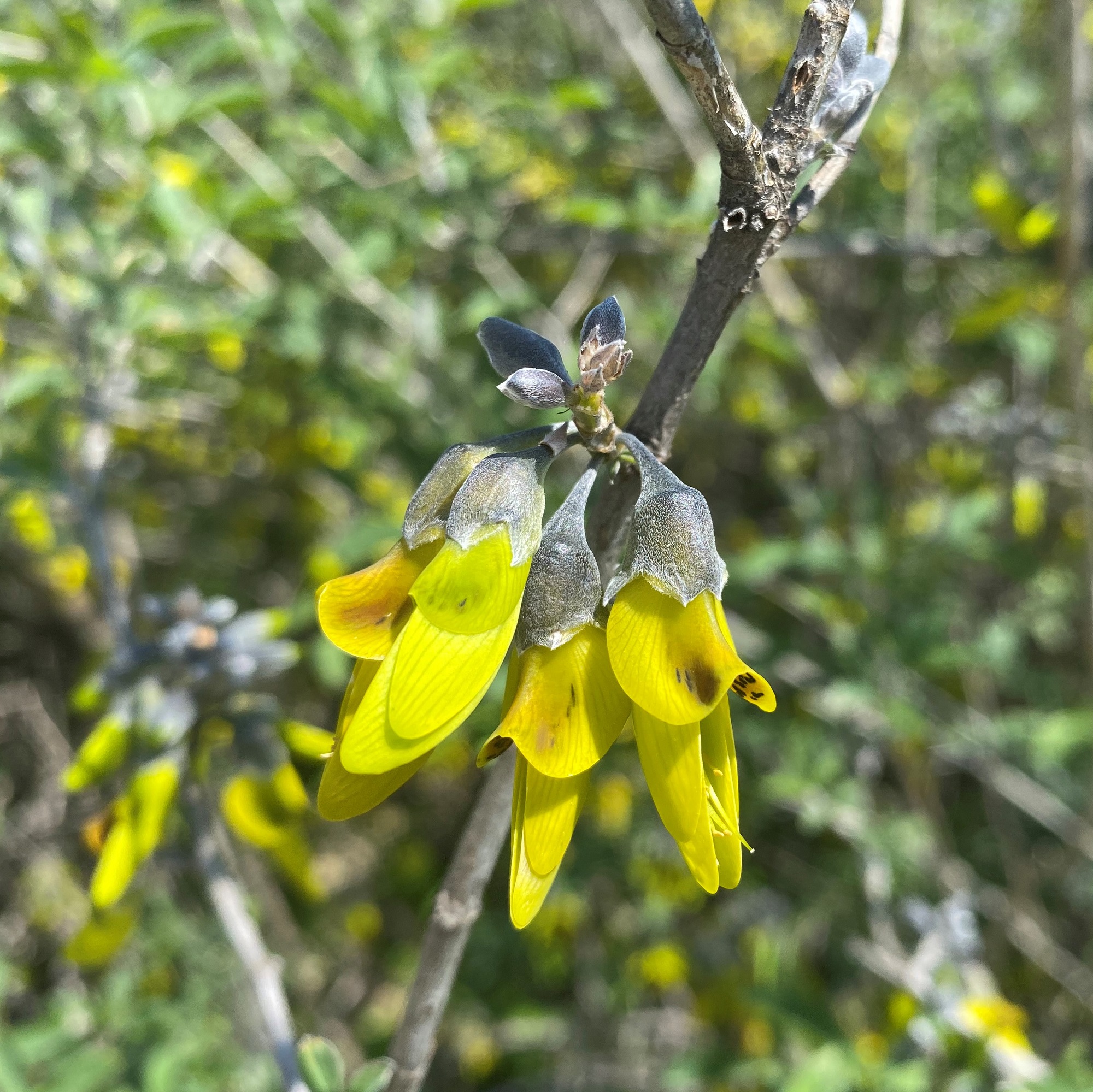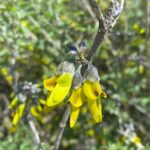Αρκολουφκιά, Βρωμολουφκιά, Δροσερκά, Αρκοφασούλιν, Αναγύρις η δύσοσμη
Etymology of Anagyris foetida: The name of the genus, "Anagyris" derives from the Ancient Greek "ανάγυρος" [anagyros], meaning "the one who makes rounds, oblique, sinuous", possibly referring to the legumes that are distinctly curved. "Foetida" in Latin means "smelly", hence in Cypriot dialect, it is called -among others- "Βρωμολουφκιά" [vromoloufkia], meaning "stinky black-eyed pea plant".
It is the only Anagyris species/kind in the wild Cypriot habitat, so it is easy to distinguish it in Cypriot nature.
Native to Cyprus, it is a wildflower of the plains and semi-mountainous areas. It is a toxic and medicinal plant. Its leaves have an unpleasant smell, hence the name "stinky wild black-eyed pea plant". The number of its flowers approaches the quantity of an Astragalus plant but this one's flowers are more than that, plus it resembles a short tree rather than a plant.
The shrub is deciduous, reaching a height of up to 3 meters. The leaves are abundant, and bright green, and the flowers are yellow. Its fruits are yellow-red seeds in a bivalve oblong pericarp, similar to but smaller than the cultivated black-eyed pea and the bean. Even though it thrives from the lowest plains to the mountains (altitude up to 1,200 meters), however, it is not a very widespread plant in Cyprus. It is found in areas of the provinces of Paphos and Limassol and more rarely in the mountain range of Pentadaktylos. The plant was known to the ancient Greeks under the name "anagyris" or "anagyros". It blooms between January and April.


